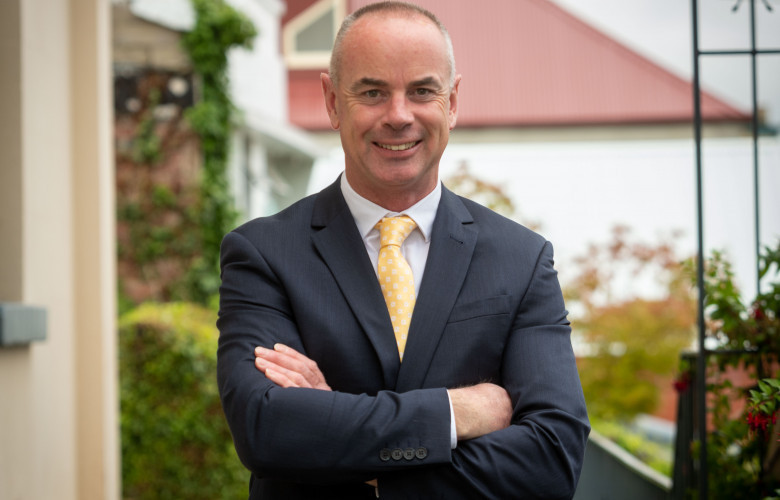Practical policy measures to achieve home ownership are working: NHFIC report
Contact
Practical policy measures to achieve home ownership are working: NHFIC report
Real Estate Institute of Australia (REIA) has welcomed the release of the National Housing Finance and Investment Corporation (NHFIC) report which has found that the government schemes to help first home buyers is helping young and older Australians alike in achieving home ownership.
Real Estate Institute of Australia (REIA) has welcomed the release of the National Housing Finance and Investment Corporation (NHFIC) report which has found that the government schemes to help first home buyers is helping young and older Australians alike in achieving home ownership.
REIA President, Adrian Kelly said the First Home Loan Deposit Scheme (FHLDS) and the New Home Guarantee (NHG) have been instrumental in getting young people into homes.
Mr Kelly said what was great to see was that the government initiatives had been taken up fairly equally by both genders.
“Since January, 2020, the schemes have supported some 22,879 home purchases across the nation guaranteeing around $1.4 billion in deposit shortfalls.
“Closing the deposit gap is the major barrier to first home buyers entering the market, particularly in a fast-rising market and both the FHLDS and the NHG shave off four years of deposit saving for eligible Aussies.
“It is great to see that 6,000 key workers have been supported into home ownership since the start of 2020, a fitting use of Federal policy for our workers who have been crucial in the COVID-19 frontline response including childcare workers, teachers, nurses and first responders.
“The schemes also helped those in relatively unaffordable cities such as Melbourne with 109 guarantees issued,” Mr Kelly said.
Mr Kelly said REIA had long supported the targeted nature of the FHLDS program as it is market led and does not ‘pour fuel’ on an already heated marketplace.
“Some 58% of all buyers under the schemes were aged under 30 but it also helped around 300 Australians who are 50 and over buy their first home.
“This is public policy at its best at a time when supply and affordability is so challenging – providing a guarantee – not cash in hand – and putting the onus on the purchaser to meet their loan repayments.
“First home buyers have responded and shown their willingness to move to where the price is right so they can get a foot on the property ladder.
“This is particularly the case in two-thirds of all scheme recipients in Greater Sydney who moved into a new home at least 30km away from the city’s central business district.
“You also have those great regional centers like Toowoomba benefiting with nearly 100 recipients buying their first homes as part in the scheme there.”
Mr Kelly added that continued government incentives to help first home buyers is crucial to helping them into their homes.
“We’d always like to see more places on offer, particularly for established dwellings to make better use of our existing housing stock, as economic stimulus from the COVID-19 pandemic is reduced,” Mr Kelly said.
According to NHFIC, the median property price for single applicants was $397,000 under FHLDS and $465,000 under NHG, with gender distribution broadly equal across both schemes.
The report found that over 2020–21, more than one-third of all guarantees were issued to single applicants earning less than $80,000 which is well below the $125,000 eligibility income threshold.
Despite increasing property prices, the amount of debt first home buyers accumulated under FHLDS relative to incomes has declined modestly.
This research paper covers the FHLDS and NHG data for 2020–21. Under FHLDS and NHG, eligible first home buyers can purchase a home with a deposit of as little as 5%. This is because NHFIC guarantees Scheme lenders up to 15% of the value of the property financed by an eligible first home buyer’s home loan.
Similar to this:
Your home energy saving initiative paves the way for sustainable real estate - REIA
REIA calls on government to address housing supply in regional Australia
Lockdowns cast shadow on spring season despite strong buyer interest - REIA





